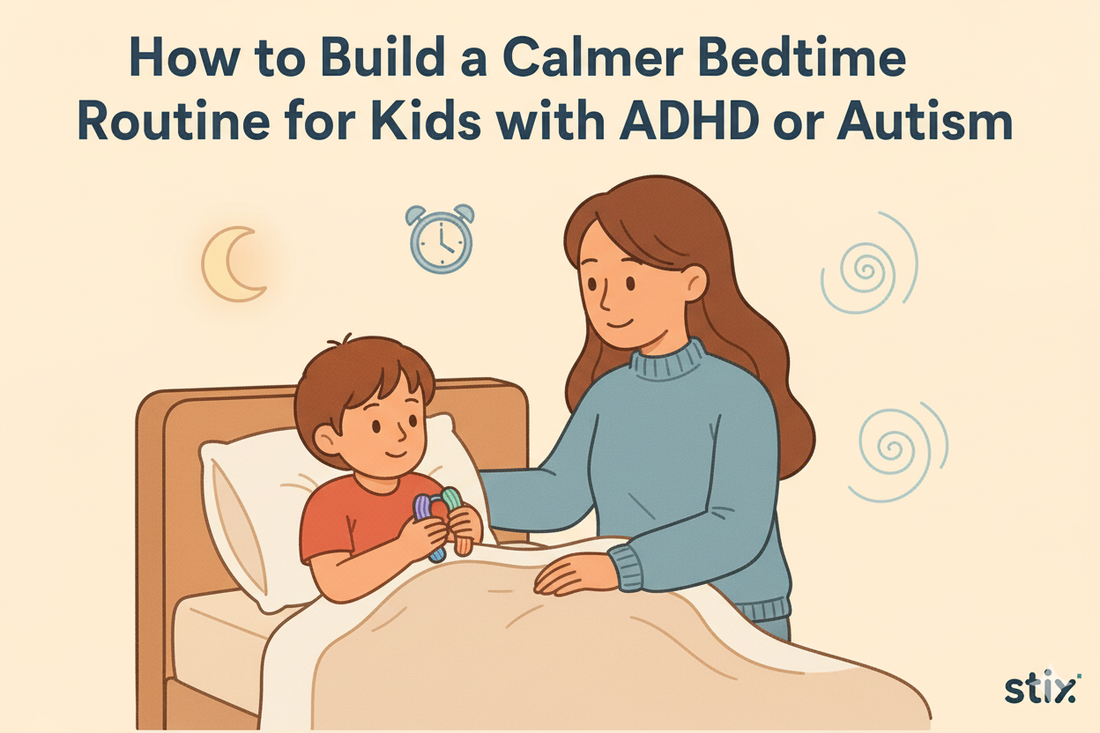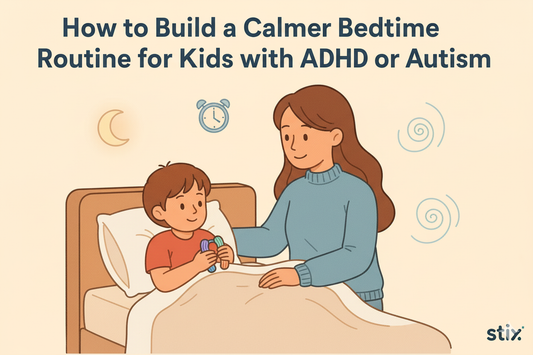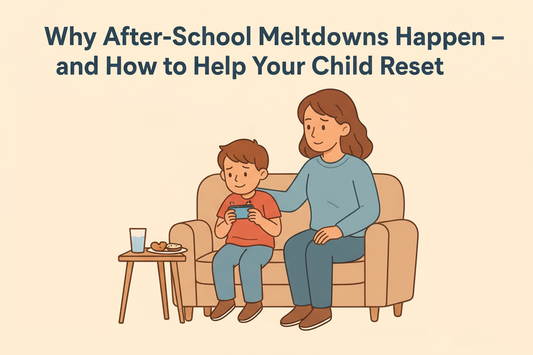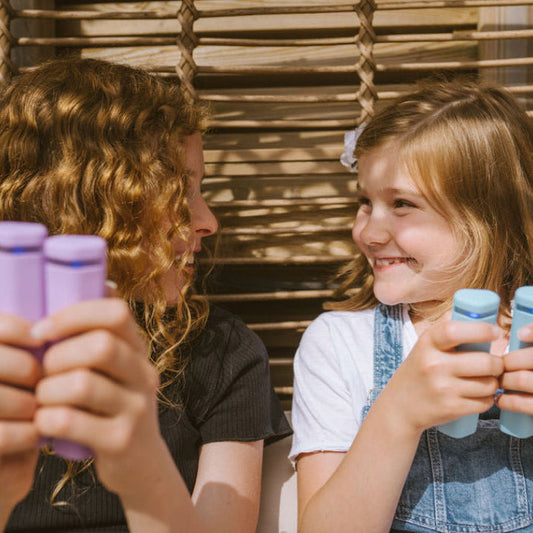How to Build a Calmer Bedtime Routine for Kids with ADHD or Autism

How to Build a Calmer Bedtime Routine for Kids with ADHD or Autism
When Bedtime Becomes a Battleground
If you are a parent of a child with ADHD or Autism, you know that "bedtime" often means more than just turning off the lights. It can be a high-stakes, overwhelming time filled with hyperactivity, meltdowns, and a frustrating inability to simply wind down.
You’re not alone. Many parents struggle to transition their kids from a busy day to a peaceful night. The good news? It is possible to build a calmer, more consistent bedtime routine for kids.
We’ve talked to parents like Hannah and Mira, who found that integrating a simple, engaging tool like Stix helped transform their evening struggles into a time of connection and calm.
Why Bedtime Is Especially Hard for Kids with ADHD/Autism
Understanding the "why" behind the bedtime resistance is the first step toward finding a solution. For children with sensory processing differences, ADHD, or Autism, the evening transition presents unique challenges:
-
Overstimulation and Sensory Overload: The world is loud, bright, and demanding. All that stimulation accumulates throughout the day, leaving the child’s nervous system dysregulated and unable to switch off for sleep.
-
Challenges with Transitions: Moving from a preferred activity (like playing) to a less-preferred one (like brushing teeth) can be very difficult. Transitions require cognitive flexibility, which can be a real struggle.
-
Difficulty Self-Regulating: Many kids need help to quiet their bodies and minds. They might not yet have the internal tools to manage big feelings or slow down their rapid thoughts.
And then there's "restraint collapse." This is when kids hold it together and meet expectations all day at school, only to have their emotional defenses completely collapse the moment they get home.
As parent Mira shared, "My youngest definitely has that because he’s a model student at school, but at home he’s much more likely to get upset and start hitting out."
For these children, the time before sleep isn't just about being sleepy—it's about processing the entire day.
Simple, Practical Tips for a Calmer Bedtime
A successful bedtime routine for kids with ADHD or Autism isn't about being perfect; it's about being predictable, patient, and incorporating tools that help their unique nervous system find peace.
Here are a few actionable strategies to try tonight:
1. Stick to a Consistent Routine
A consistent routine provides a predictable structure that reduces anxiety about what's coming next. This consistency signals to the brain that it’s time to wind down. Try to keep wake-up times and bedtimes as regular as possible, even on weekends.
2. Incorporate Sensory Regulation Tools
Before bed, focus on activities that engage the senses in a calming way. This might include a weighted blanket, deep pressure massage, or tactile tools. Engaging their hands can help quiet a busy mind.
3. Reduce Screen Stimulation
Blue light and the rapid-fire stimulation of screens (phones, tablets, TV) directly interfere with the production of melatonin, the sleep hormone. Aim for a "screen-free hour" before it's time to sleep.
4. Use Mindfulness & Visualisation
Guided exercises, like calming affirmations or simple breathing exercises, can help children learn to manage their internal state.
Mira notes that even her busy boys respond well to this: “We’ve done the Affirmations one a few times, which actually they both seem to like.”
5. Keep Exercises Short, Fun, and Child-Friendly
Don't demand 30 minutes of silent meditation! Kids respond better to activities that feel like play or a fun challenge.
Mira found success with playful activities: “He really likes Lion’s Roar… The Melting to Sleep one we’ve done a few times. And the sleep music, he listens to that sometimes as well.”
Stix: A Simple Tool for Self-Regulation
So, where does a tool like Stix fit in? It's the perfect bridge between a hectic day and a quiet night. Stix is a mindfulness tool that combines:
-
Tactile Engagement: Its physical design gives restless hands something constructive to do, which can be deeply calming for kids with ADHD or Autism.
-
Designed Activities: Stix offers short, engaging, and guided exercises that explicitly focus on calm before bed, like the Melting to Sleep activity or listening to the sleep music.
By integrating Stix into the evening ritual, parents have found a simple, non-confrontational way to help kids self-regulate.
For Hannah, it's a daily necessity: “He uses it daily to regulate emotions and calm before bed.”
And for Mira, it’s directly linked to better sleep: “We mainly use it at bedtime for [my youngest], because it seems to calm him down, and he just seems to go to sleep faster if he does an activity.”
More than just a self-regulation tool, Stix also creates moments of connection. "He often just gives me one so we can kind of do it together," Mira shared. "That is quite a nice thing about it."
End the Day with Connection
The goal of your bedtime routine for kids isn't simply to "get them to sleep." It's an opportunity to connect, co-regulate, and help your child end the day feeling safe, seen, and calm.
Remember, building a successful bedtime for ADHD or bedtime for Autism takes time and consistency. As Mira wisely put it: “For my youngest, we try and do it as part of bedtime… at least five days out of seven. Sometimes he doesn’t want to, but we’ve noticed it helps so much with the sleep that we do try and encourage him to do it.”
Give yourself grace, stick to the routine, and try incorporating Stix to make those last moments of the day a little more peaceful for everyone.



